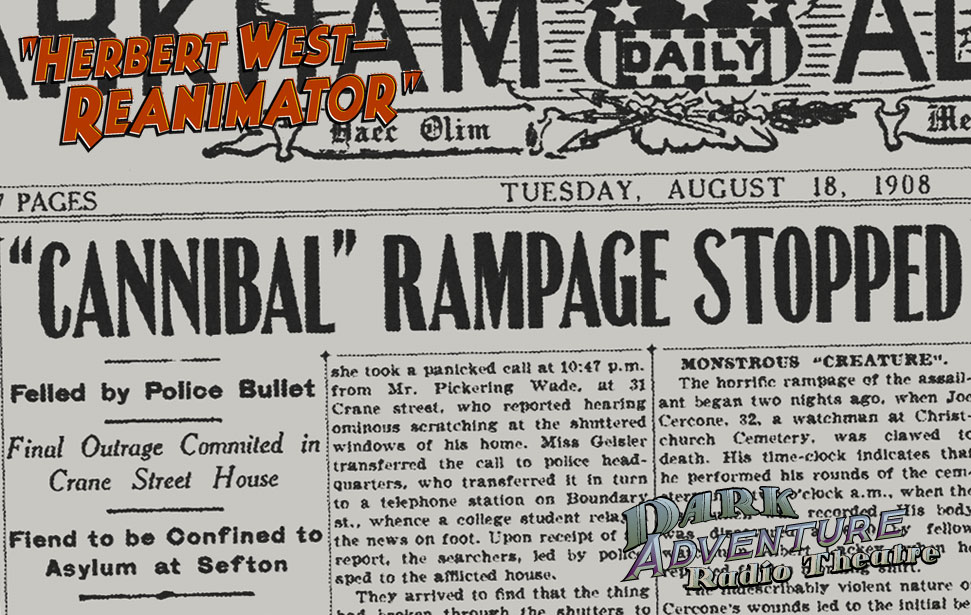

On page 115, replace note 3 with the following: Its significance is explained later in the story. Opened in 1901 and closed in 1973, it was an adjunct of Worcester State Insane Hospital, Worcester, Massachusetts, designed to house the chronically insane patients it was not separately administered until 1912. 52, in its entirety, and substitute the following:ĭ escribed later (in Part VI, “The Tomb-Legions”) as fifty miles from West’s home in Boston, Grafton State Hospital was actually about 34 miles west of Boston, in North Grafton, Massachusetts, at the junction of the Grafton, Shrewsbury, and Westborough town lines. enterica, serovar Typhi, and prior to the discovery of the efficacy of sanitation and development of vaccines and antibiotics, had a high fatality rate.ĭelete note 24, p. 51, and replace it with the following:Įpidemic typhoid is caused by the ingestion of food or water contaminated with the feces of an infected person containing the bacterium Salmonella enterica subsp. Plate XI curiously depicts a variety of animals, all exotic but quite realistic, with the exception of what the narrator terms a “dragon”-a dog-sized alligator-like creature with wings and a considerable curling tail.ĭelete the first sentence of note 23, p. 43, in its entirety, and substitute the following: On page xlvii, in the first full paragraph, fourth and fifth lines, delete the phrase “ a rate never achieved by Lovecraft”ĭelete note 17, p. With nearly 300 illustrations and more than 1,000 annotations, Klinger illuminates every hidden dimension of 22 of Lovecraft’s most canonical works. Following a trajectory not unlike Melville or Poe, Lovecraft’s vast body of work-a mythos in which humanity is a blissfully unaware speck in a cosmos shared by ancient alien beings-is increasingly being recognized as the foundation for American horror and science fiction. Klinger reanimates Lovecraft as never before, charting the rise of the pulp writer, whose rediscovery is almost unprecedented in American literary history. But at the time of his death, Lovecraft was maligned by critics and ignored by the public. the New England poet, author, essayist, and stunningly profuse epistolary Howard Phillips Lovecraft is beginning to emerge as one of that tumultuous period’s most critically fascinating and yet enigmatic figures,” writes Alan Moore.

“With an increasing distance from the twentieth century. From across strange aeons comes the long-awaited annotated edition of “the twentieth century’s greatest practitioner of the classic horror tale.” -Stephen King


 0 kommentar(er)
0 kommentar(er)
